Ground tests are carried out to determine the performance of systems used in military and civilian areas or sub-components of these systems in line with relevant standarts.
The Ground Tests Units works in different disciplines in order to carry out these activities. With these disciplines, warhead arena test, insensitive munition tests (fast heating test, bullet impack test, sympathetic reaction test, slow heating test), explosive ordnance disposal (eod) services, explosive characterization tests, balistic firing test, air-to-ground/sea munition test, rocket engine static firing, electro optical system (EOS) to display the trajectory and moment of impact of the ammunition in balistic or aircraft firing tests are carried out.
The purpose of this test is to verify and to report the capabilities of warheads at ambient, low temperature and high temperature conditions. During the tests, following measurements are obtained.
- Imaging of detonation (High Speed Camera, Drone Camera, Action Camera, etc.)
- Overpressure measurement
- Shock wave velocity measurement
- Fragment velocity and distribution measurement
- Explosive penetration efficiency determination
- Instant meteorological data measurement
- Detonation temperature measurement
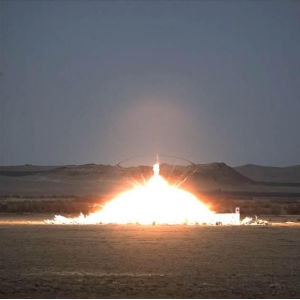
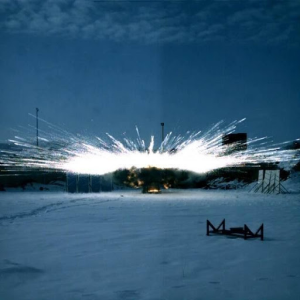
Figure 1. Warhead Arena Tests
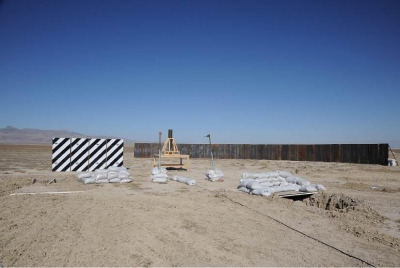
Figure 2. Warhead Arena Test Setup – I
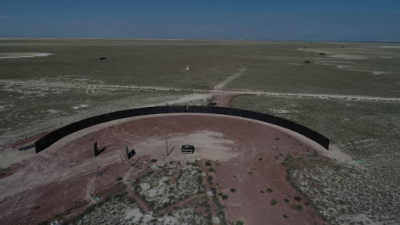
Figure 3. Warhead Arena Test Setup – II
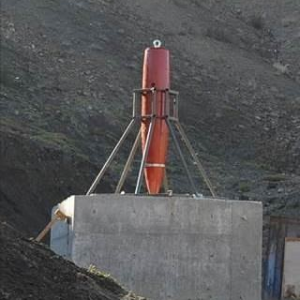
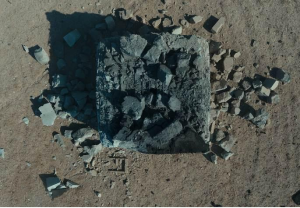
Figure 4. Penetration Efficiency Test
In order to simulate the threats that munition may face throughout its lifecycle, following insensitive munition tests are conducted. By conducting these tests, insensitivity level of munition is determined with reference to AOP – 39 standard.
2.1. Fast Heating Test
Fast heating test is conducted to determine the insensitivity level of munition which exposed to threat of fire. This test is carried out in accordance with Method – 1 and Method – 2 of AOP – 4240 standard.
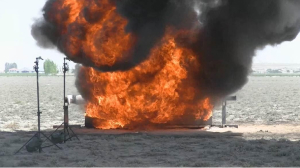
Figure 5. Fast Heating Test
2.2. Bullet Impack Test
Bullet Impact Test is conducted to determine the insensitivity level of munition which exposed to threat of 12.7mm Armor-Piercing (AP) projectile. This test is carried out in accordance with Method – 2 of AOP – 4241 standard.
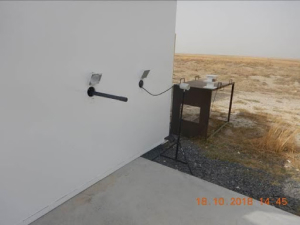
Figure 6. Bullet Impact Test Setup
2.3. Sympathetic Reaction Test
Sympathetic Reaction Test is conducted to determine the reaction of munition which exposed to threat of any other adjacent munition detonation. This test is carried out in accordance with AOP – 4396 standard.
2.4. Slow Heating Test
Slow Heating Test is conducted to determine the insensitivity level of munition which subjected to a heat source that slowly heats. This test is carried out in accordance with Method – 1 of AOP – 4382 standard.
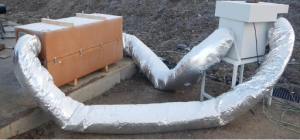
Figure 7. Slow Heating Test Setup
Following services are provided by the Explosive Ordnance Disposal personel.
- Demolition and ignition of munitions
- Preparation of ignition chain according to test setup
- Safing the munition, if needed
Following measurement are taken in order to determine the characterization of explosives.
- Reflected overpressure measurement
- Closed-field detonation temperature measurement
- Detonation velocity measurement
- Shock sensitivity measurement (STANAG 4488)

Figure 8. Closed–Field Explosive Characterization Test

Figure 9. Closed -Field Explosive Characterization Test Chamber

Figure 10. Closed – Field Explosive Characterization Test Setup
Figure 11. Detonation Velocity Measurement Test
Following flight parameters are extracted through entire trajectory for the munitions (artillery ammunition, missile, rocket, etc.) fired from fixed or mobile platform.
- Medium/high altitude meteorological data
- Initial velocity measurement
- Trajectory parameters
- Point of impact accurate GPS measurement
- High speed imaging of munition launching
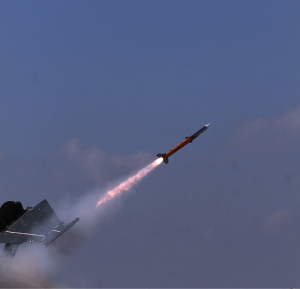
Figure 12. Balistic Firing Test
Air-to-Ground/Sea munition drop test is conducted for imaging the target area when the munition is on target. Point of impact accurate GPS measurement is provided. In addition, strike velocity and angle of impact can be extracted, if demanded. Imaging devices are given as follows:
- High Speed Camera
- Video Camera
- Action Camera
- Drone Camera (up to 3000 fps (Ing. frame per second))
- 360o Camera
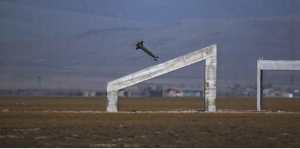
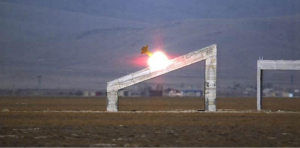
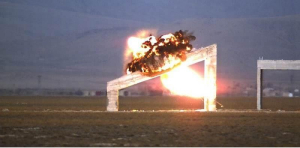
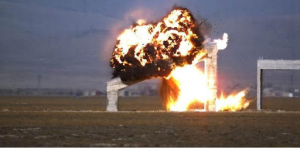
Figure 13. High Speed Camera Snapshots – I
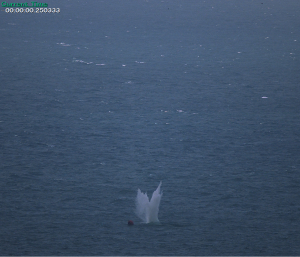
Figure 14. High Speed Camera Snapshot – II
The purpose of this test is to evaluate and to verify the performance parameters of the solid-fuel rocket engine. In TUBITAK SAGE Rocket Engine Test Facility, the solid-fuel rocket engines which have outer diameter from 50 mm to 600 mm and length up to 3 meters, can be tested under temperature condition from -60 °C to + 100 °C. During static firing tests, the measurements and imaging activities which are given below are performed.
- Rocket Engine Inner Pressure
- Axial and Side Force
- Surface Temperature of Rocket Engine
- Vibration and Shock
- Strain
- Ignition Current
- High Speed Camera
- Video Camera
- Drone Camera
- 360° Camera
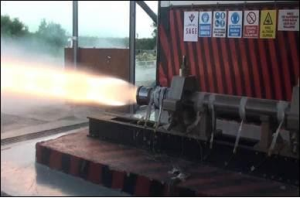
Figure 15. Rocket Engine Static Firing Test – I
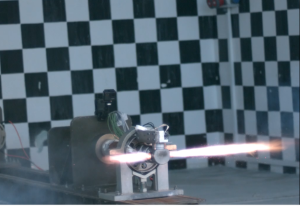
Figure 16. Rocket Engine Static Firing Test – II
The purpose of this test is to verify and to report the capabilities of explosives in underwater conditions. During the tests, explosives are positioned at certain depths and following measurements are obtained.
- Overpressure measurement
- Shock wave velocity measurement
- Shock, strain, acceleration, etc. measurement in underwater and sea level platform
- Preparation of ignition chain according to test setup
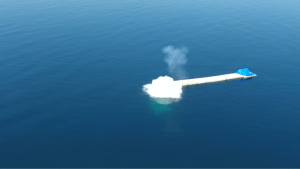
Figure 17. Underwater Explosion Test – I
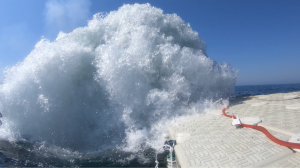
Figure 18. Underwater Explosion Test – II
The purpose of this test is to analyze and to report the electromagnetic interferences between aircraft and munition or system which is integrated to aircraft. This test is carried out accordance with MIL-STD-464C standard.
